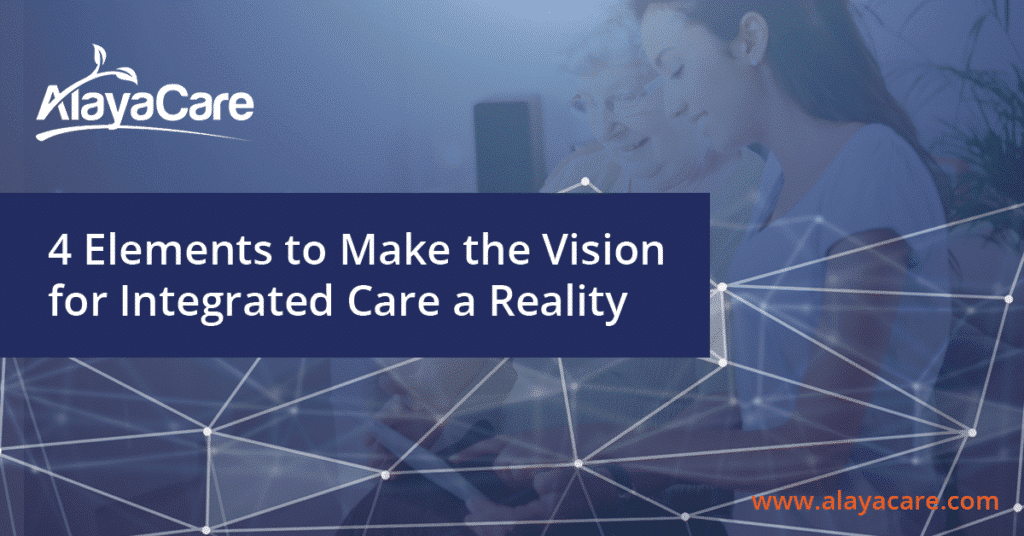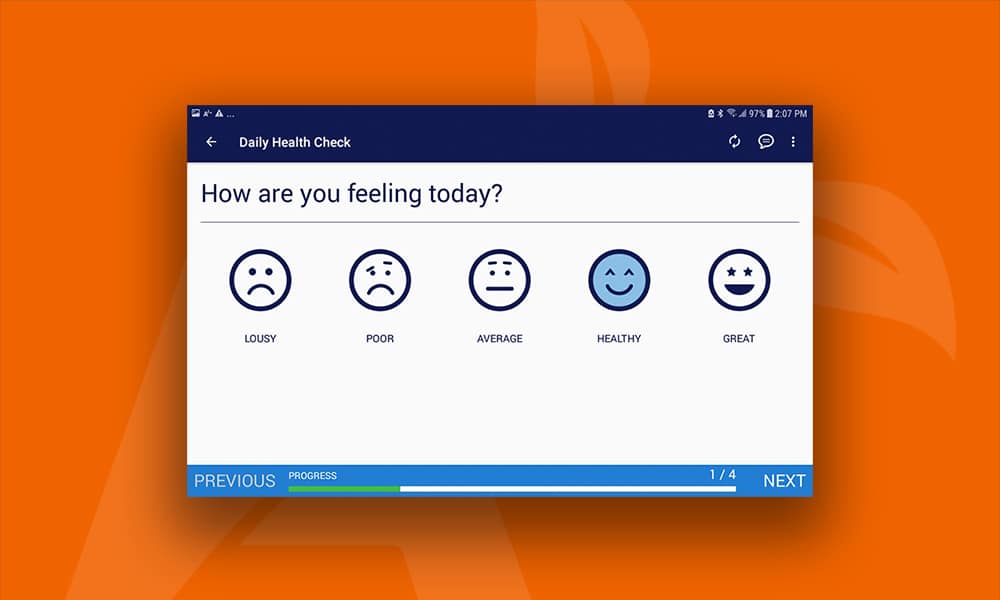Blog
4 Elements to Make the Vision for Integrated Care a Reality

There’s little debate any longer in the home care community that when the full spectrum of a client’s health-care team works in tandem, they foster better patient outcomes. As we detailed in our home care predictions for 2019, when all providers share the same real-time information and are able to understand a client’s needs on a holistic level – from medication requirements to social interaction – the need for interventions drops and quality of life improves.
The challenge: to deliver such change in a world where fragmented care continues to be a roadblock. Yet integrated care is increasingly coming to the forefront. In the U.S., Medicare & Medicaid Services is embedding non-skilled workers in-home care in Medicare Advantage plans. Meanwhile, markets in Australia and many other countries are shifting toward client-directed care models that will have significant implications for home care delivery. And in Ontario, home to over 14 million Canadians, the government is establishing health teams that will be tasked with delivering high-quality care and connecting people to the services they need – a monumental shift from the existing model.
All of these changes are welcome ones, as AlayaCare CEO Adrian Schauer wrote recently: “Home care, and health care overall, is about people. They are the focus, they are the ‘customers’, and there are tremendous opportunities to innovate when an open market is allowed to breathe, and the layers of bureaucracy are permitted to dissolve.”
Around the world, exponential technologies are helping to drive this change by making care delivery less expensive, more efficient, and more accessible. From telehealth and machine learning to blockchain, the evolution of integrated care via technology is afoot.
The four pillars of integrated care supported by technology
Flexible, modern software is key for home care agencies and organizations to pivot to this new model of care and scale operations to meet the rising, individualized needs of the growing global market. Technology that enables both patient-centered care and allows home care staff to be more nimble is critical to that flexibility.
Comprehensive change requires comprehensive supports – and effective software means allowing connectivity beyond just the day-to-day needs of the agency-client relationship. It must support the adoption, scale and expansion of health-care innovation and undergo continuous improvements to ensure connectivity, continuity and choice in community care.
Overall, the right tech can help foster effective integrated health care with what we describe as a quadruple aim:
- Data-backed best practices: By implanting key performance indicators (KPIs) – easier than it sounds – agencies can measure, validate and track best practices. For proof, our Ontario-based “SmartCoach” trial demonstrated that AI-powered clinical support tools improve coordination of care among different teams and reduced hospital readmissions. This means not only more efficient care, but actually better prognoses for patients.
- Patient-centered experience: Care teams must provide patients with seamless transitions throughout their care journey. In the era of patient-centred care, round-the-clock access to care and the ability to use tools to help manage one’s own care plans will soon be the expectation if it’s not already. Technology that includes Family Portals, which can connect clients and family members directly to their care workers, visits, and plan, further empower clients to be more than just patients.
- Proven savings: For agencies to full embrace this integrated environment, they must operate economically and maximize resources. To provide greater levels of care in this on-demand industry requires fewer administrative headaches in the back office. Integrated accounting software, for instance, streamlines the financial side of business. Electronic billing modules with automated banking options to submit claims to a payer makes accounting needs seamless. Modern advances like automated scheduling and route optimization software reduce travel times and costs, making an entire organization more nimble.{{cta(‘5060a845-1de3-4210-a74f-01975659b845’)}}
- Increased caregiver satisfaction: Recruiting and retaining skilled staff is a necessary focus for any home care agency, and technology has been proven to be a key driver in caregiver satisfaction. For instance, GPS-based mobile care management systems streamline patient care while electronic visit verification eliminates paperwork and helps ensure safe arrivals and departures. AlayaCare’s mobile caregiver app puts power literally in the hands of staff: real-time access to schedules, route details, billing, risk assessments, time tracking, client data, and clinical forms.
Ultimately, technology offers flexible, consistent scheduling, digital tools to manage tasks remotely (even blending such elements as interRAI assessments) and the freedom to spend more time delivering care. An improved caregiver experience is the best way to avoid the very real and very impactful industry problem of burnout.
True integrated care is the ultimate echelon for care providers around the world – and one day, we will achieve it. For now, modern agencies must shore up to ride the waves of this industry’s evolution – and flexible, intuitive software is the best way to ensure preparedness both now and into the future.



